How We Use Solar Power in Daily Life
Although it's marketed as the way of the future, humans have actually been harnessing solar power for centuries. Perhaps not in the same way, but our dependence on the sun to improve our lives went beyond just lighting our world and growing our plants, even in ancient times. Solar panels are just the latest advancement in an ancient human tradition of finding the most volatile object in space and harnessing its power. From greenhouses to electric vehicle charging stations, the sun has irrefutably made its mark on our technology.
Facets of Solar Power
Solar power can be broken down into simple categories of applications. Electricity, heating, water heating, ventilation, and lighting. The principles of these technologies are practically the same, they're just defined by what kind of system structure they have. Solar heating can be as simple as the sun and some glass panes, which makes it distinct from a home heating system that runs on solar power. That HVAC system runs on the electricity produced from the radiation of the sun, making it a few degrees of separation different from actual solar heating.
These distinctions are important because there are a lot of levels to solar systems, especially with hybrid systems becoming more common.
Electric vehicle charging stations are being installed everywhere with a self-productive solar panel and an attachment to the energy grid, to ensure a pylon will always have power. If you look around the world though, you'll see simple machines that use solar energy everywhere.
Modern Magnifiers
This technology stayed relevant for generations to come, and managed to stick around even today. Modern sunrooms are based on the same simple concepts seen around the world in antiquity: using glass panels and insulation to create a bright room of concentrated warmth. This design does numbers in places that are freezing but have ample sun.
Does your pool have a sunroom or a solar cover? These are examples of very basic solar power devices that rely on convection to heat the water of a pool and keep it warm when the air turns cold. Solar covers contain little pockets that fill with heat energy when the sun hits the surface. This heat provides a protective layer to the pool and delays cooling, allowing heat to retain better in the water. This effect stacks, and after a few days a pool can be up to 80 or 90 degrees in summer if you aren't careful.
Solar Mirrors
A handful of cities in and around the arctic circle have actually started utilizing giant reflective panes installed at key points on neighboring mountains to reflect sparse winter sun onto the city. This is the aforementioned solar heating and solar lighting in which there aren't any solar panels or circuits powering a grid, just a giant mirror and a city with a little bit less time spent in their winter's oppressive darkness. This same principle has been used in things like solar ovens, tundra survival gear, terrariums, telescopes, microscopes, lighthouses, and countless other modern applications.
Solar Cells
Of the various forms of solar technology, solar cells themselves are easily the most complicated. The difference between sunrooms and solar-fueled electric vehicle charging stations is more than massive. Instead of relying on the direct conversion of solar radiation to heat or light, solar panels utilize the presence of an incredible advancement made in the late 1800s. Over the course of decades and the work of countless scientists, photoreactive elements were discovered and isolated. This term refers to the way an element responds to light radiation, in this case, selenium, which produces electricity when exposed to sunlight.
Almost a hundred years later, a similar effect was recreated in 1954 with silicon semiconductors, which could catch the sun's energy and excite electrons to form an electrical current. This electrical current should sound familiar, as it runs everything we know and love. These photoconductive silicon cells have made production significantly cheaper since silicates are some of the most common raw materials on earth. This has allowed for more development of technological applications, like solar-powered batteries and energy storage devices. Electric vehicle charging stations are a marvel of modern science, as they can store and administer enough energy to power a hybrid car, which would still have a four to six-cylinder combustion engine.
A Solar Past, Present, and Future
Since their development, silicon solar panels have gotten a lot of work done. Most adjustments and experimentation have been to make solar cell production more efficient. According to Energy Sage, the cost of solar has decreased by almost 70% just in the last 10 years. That's the reason you'll see solar panels around now more than ever, on businesses, farms, hybrid cars, and charging stations. Residential solar power companies have grown as well, investing money into creating a more efficient and diverse industry. All of these features have made solar panel technology more accessible than ever.
So what's the takeaway of all this? Given enough time, the human race will make energy out of anything, and we've had a lot of time with the sun. There's been a lot of hesitance around the reliability of renewable energy, but studies have already shown incredible benefits for the environment. If you've been on the fence about investing in solar, give Northwind Solar a call and talk to one of our experts. We can help you find the best option for your lifestyle, whether it's one of our electric vehicle charging stations, a solar panel package, or even just an estimate.


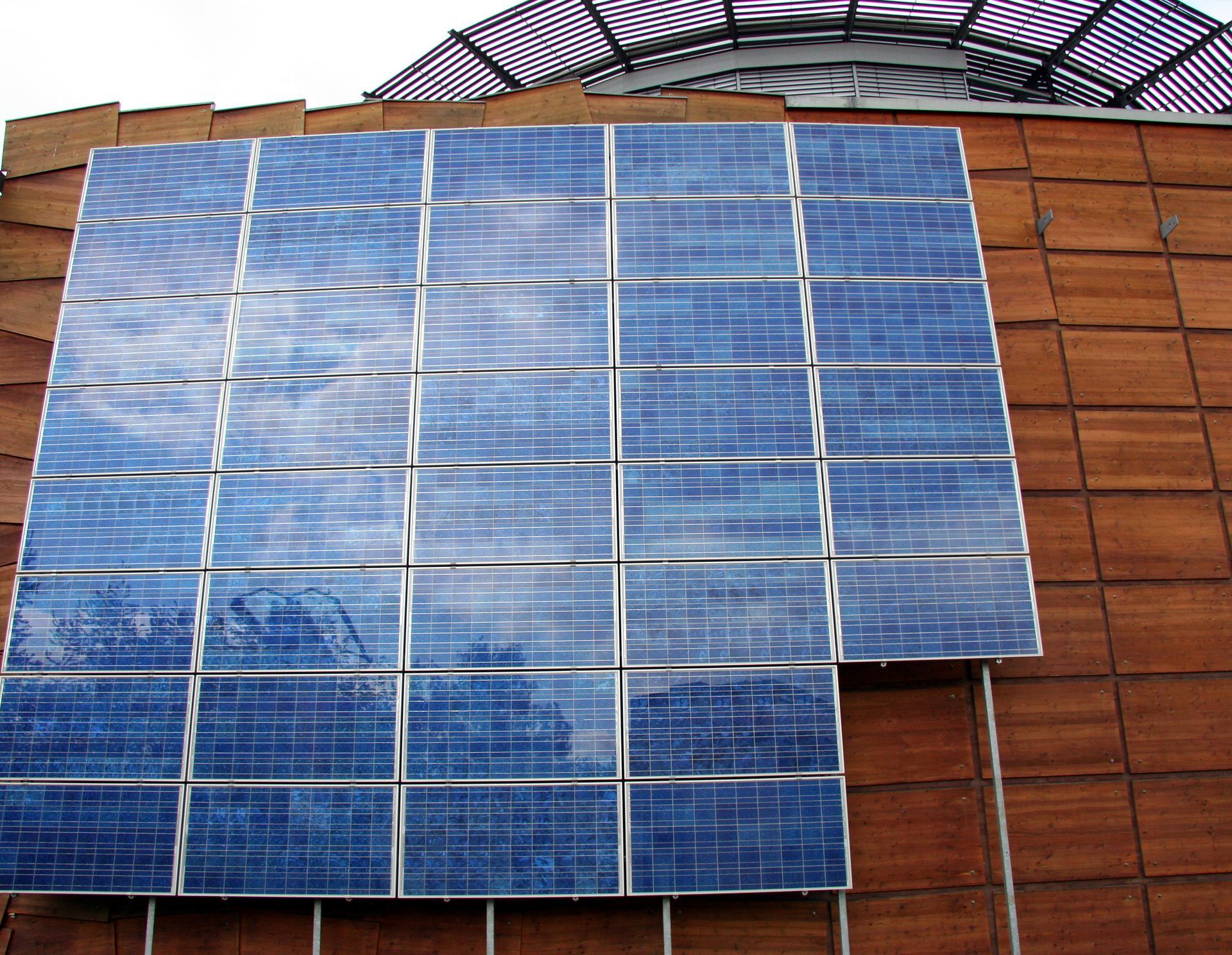
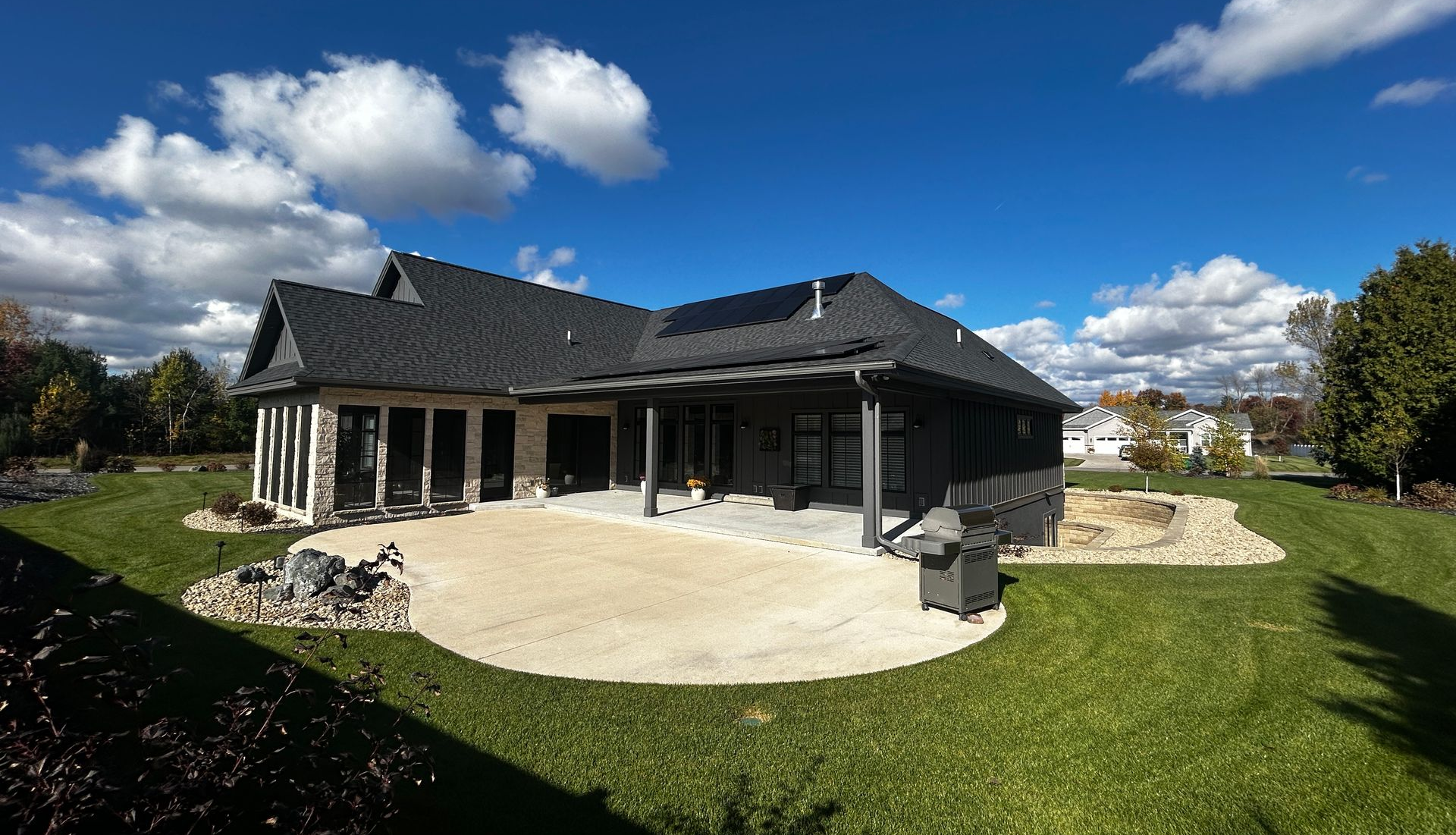
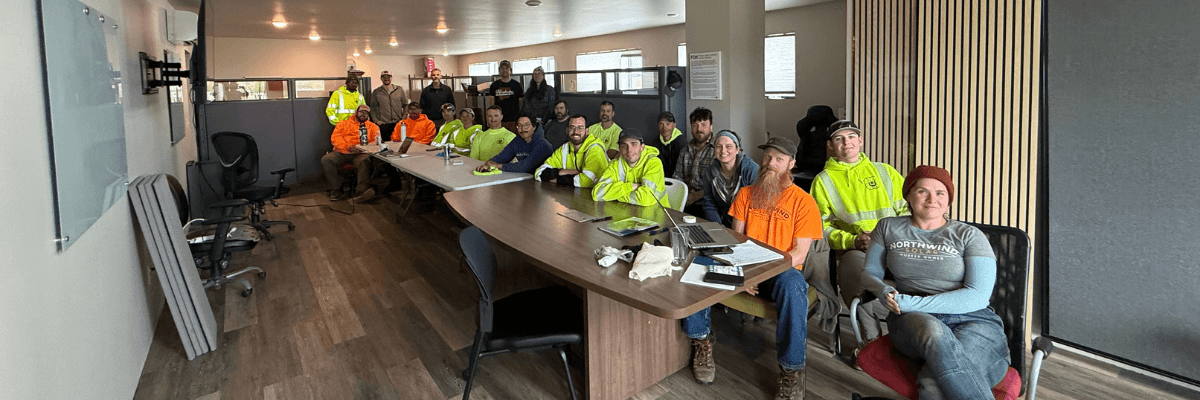

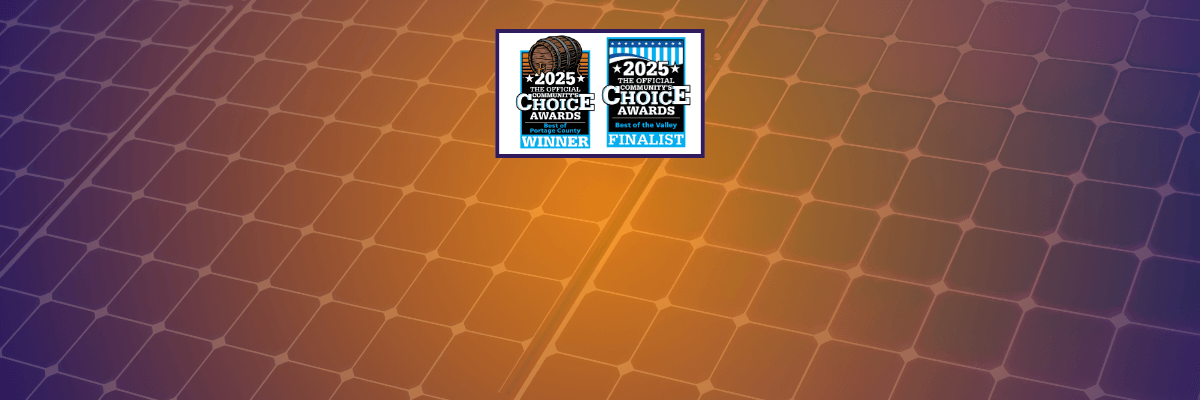

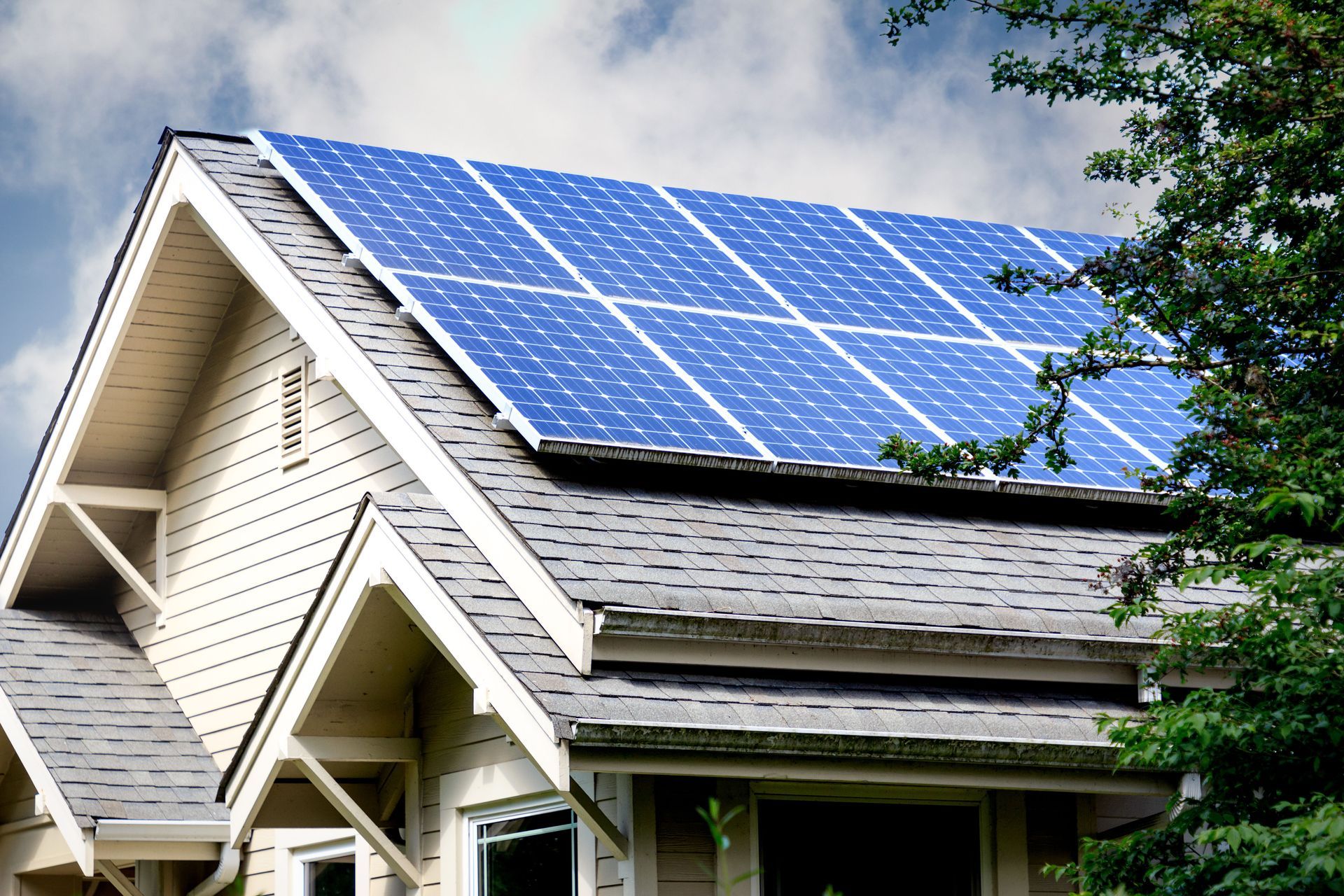
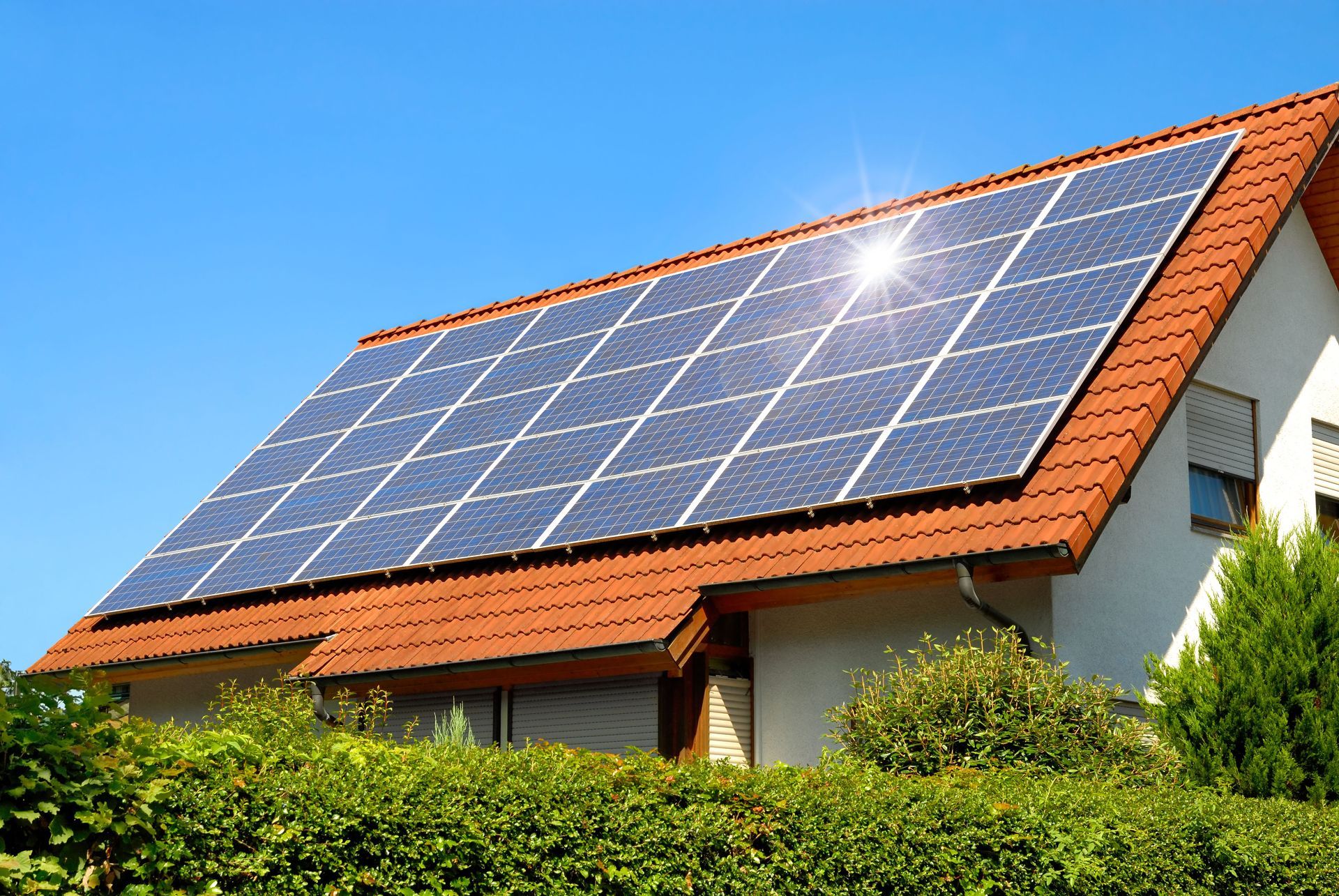

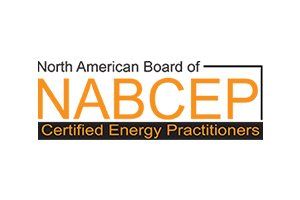
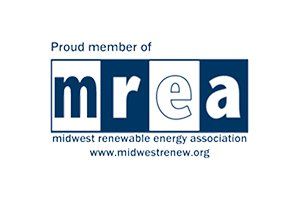

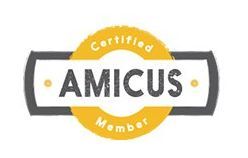
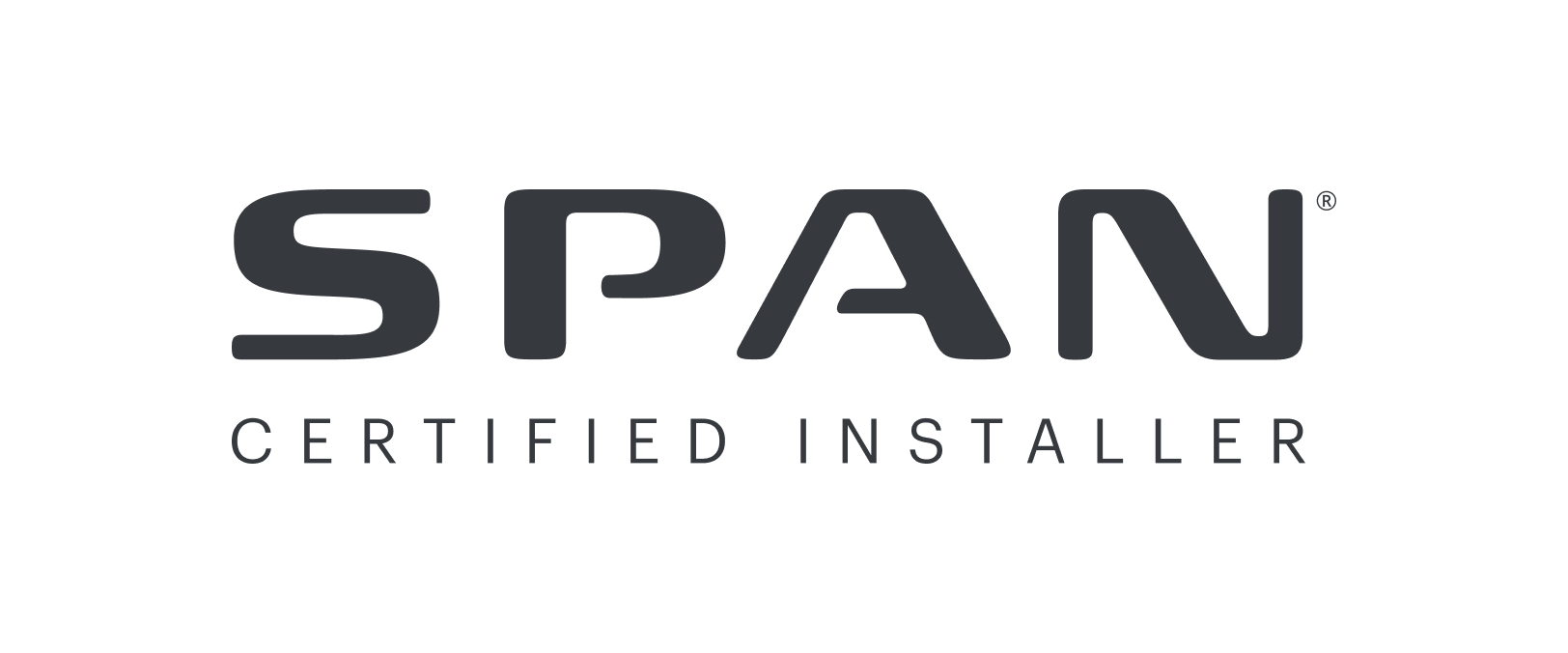

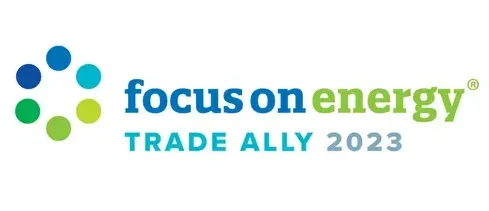






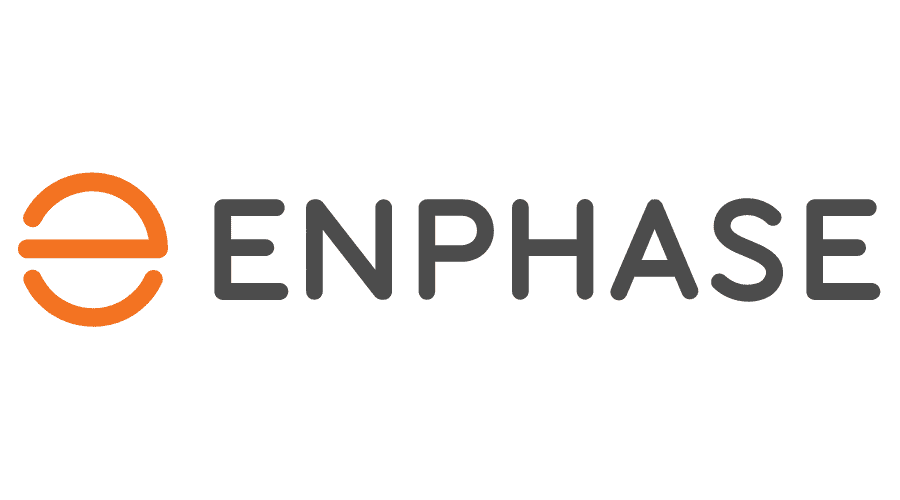
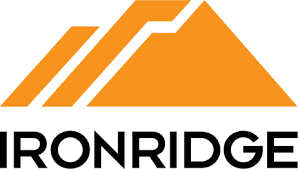





Share On: